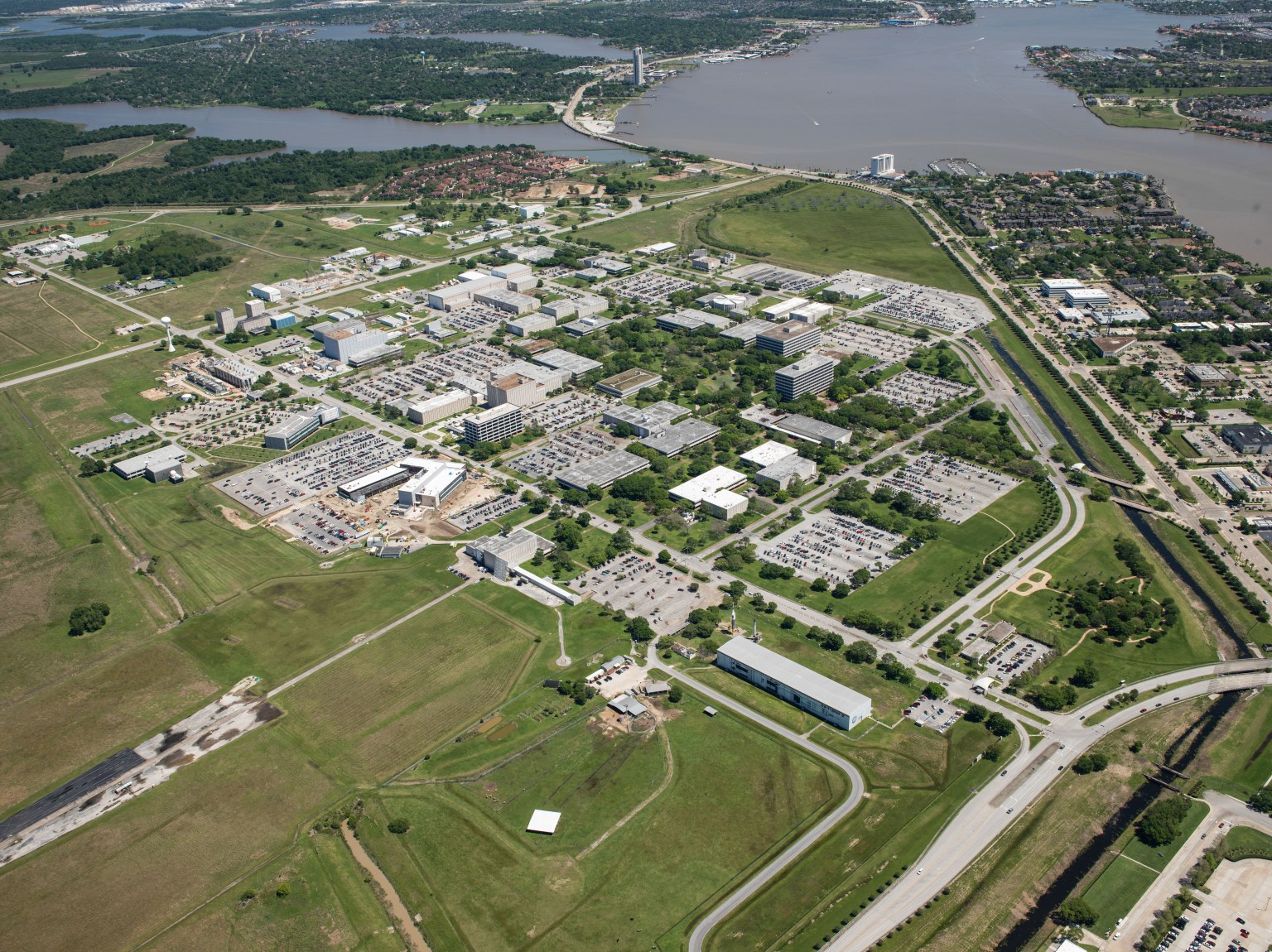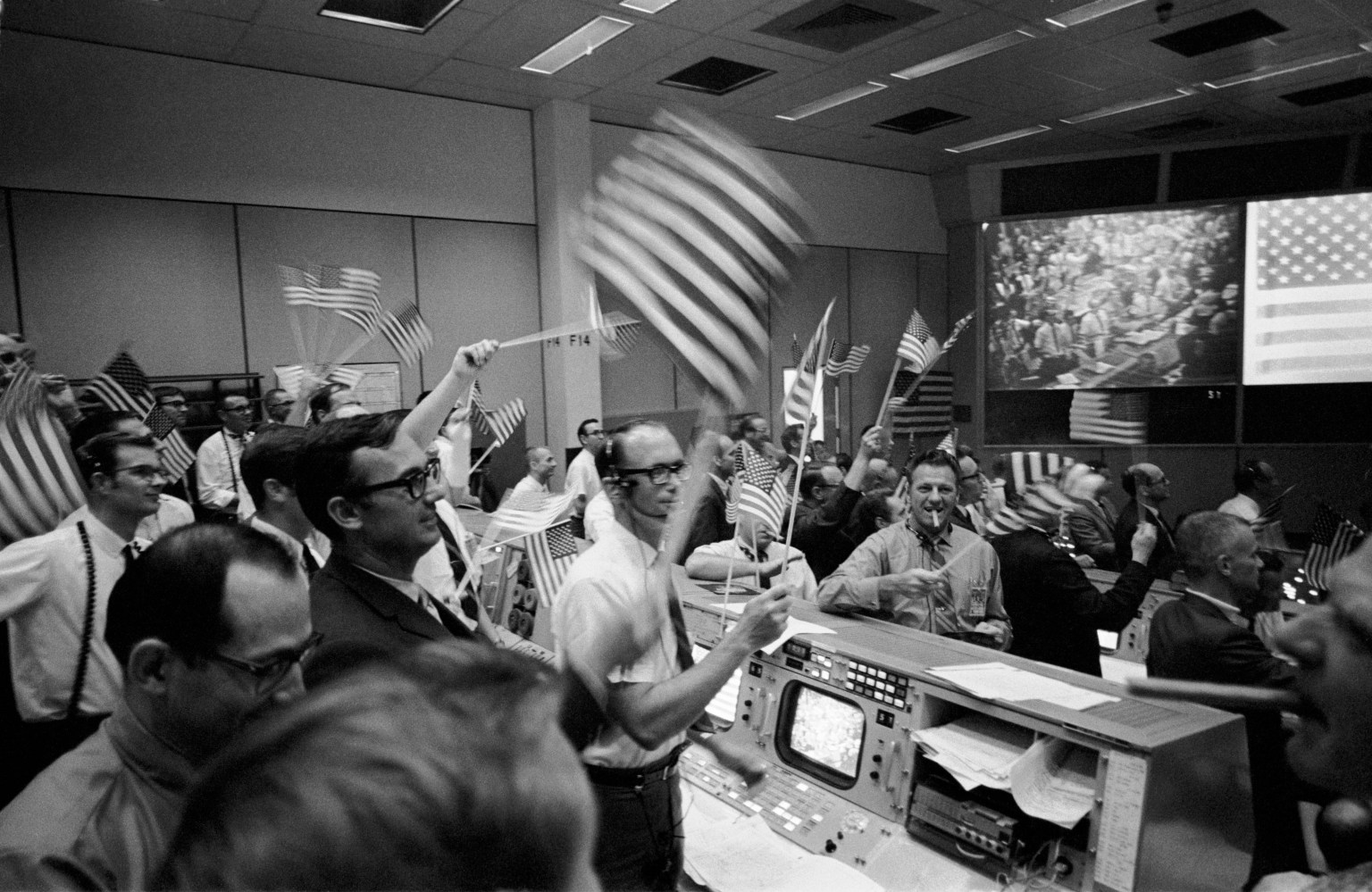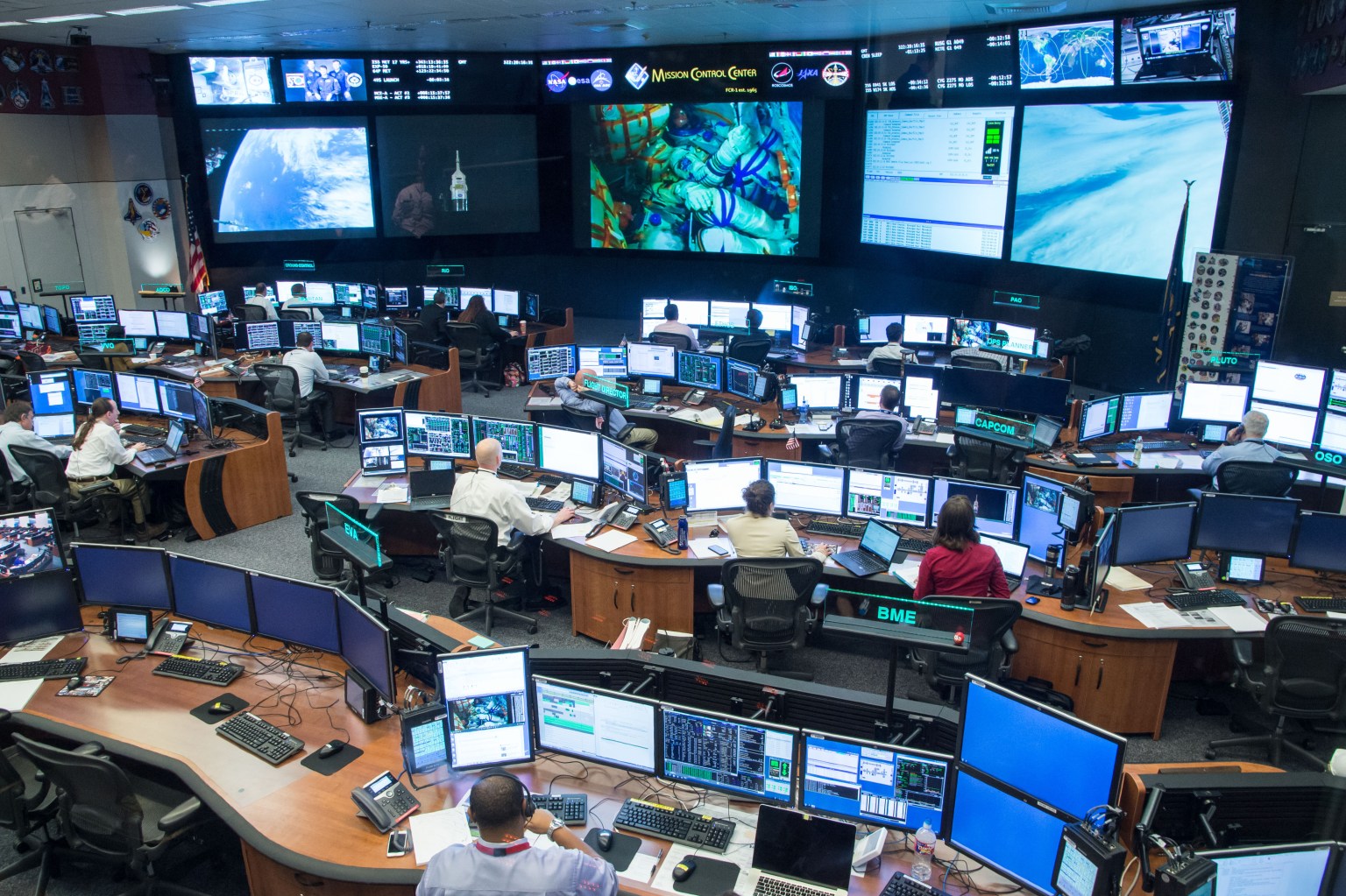Johnson Space Center (JSC) in Houston, Texas, was established in 1961, and from the Gemini, Apollo and Skylab projects to today’s Space Shuttle and International Space Station Programs, the Center continues to lead NASA’s efforts in human space exploration. Johnson Space Center was born out of the early space program’s need for facilities to house the Space Task Group (STG), which was formed with Langley engineers to conduct the Apollo Project. With the daunting task outlined by President John F. Kennedy to put a man on the Moon by the end of the decade, the STG needed new quarters with test facilities and research laboratories suitable to mount an expedition to the Moon. The NASA installation was originally designated the Manned Spacecraft Center (MSC), and from its inception, it was to be the lead center for U.S. space missions involving astronauts. It was renamed the Lyndon B. Johnson Space Center on August 27, 1973.
On July 7, 1961, NASA Administrator James E. Webb directed the establishment of preliminary site criteria and a site selection team. Essential criteria for the new site included the availability of water transport and a first-class all-weather airport, proximity to a major telecommunications network, a well established pool of industrial and contractor support, a readily available supply of water, a mild climate permitting year-round outdoor work and a culturally attractive community. Houston was initially included by virtue of the San Jacinto Ordnance Depot, since military rather than commercial facilities were judged best for helping handle NASA’s large retinue of jets and specialized equipment, and because of its recognized, prominent universities, including Rice, Texas, and Texas A&M.
The Center’s famed Mission Control Center, or MCC, has been the operational hub of every American human space mission since Gemini IV. The MCC manages all activity onboard the space station and directs all space shuttle missions, including station assembly flights and Hubble Space Telescope servicing. Construction of the control center began in late 1962. In addition to conducting mission simulations and operations with flight controllers, space was allocated for key NASA engineering and scientific personnel along with representatives of the major contractors to support each mission. This increased presence strengthened the problem-solving capabilities of the MCC team. The spacecraft program office support team occupied what became known as the “SPAN” or Spacecraft Analysis Room. JSC and industry engineering teams supported missions in this room. This arrangement allowed immediate contact with key JSC engineering and industry representatives in case assistance was needed in resolving any technical anomalies that might arise during missions. By the 1990s, the technology supporting MCC operations was outdated and needed replacing. A state-of-the-art MCC became operational in July 1995 and the Apollo MCC is set aside as a national historic facility.
Nearby, Ellington Field hosts center flight operations. The aircraft include a KC-135 four-engine jet used to produce space-like weightlessness by flying a series of arcs, a twin-engine Gulfstream specially modified to perform like a landing shuttle orbiter, and T-38 jet trainers flown by astronauts to maintain their proficiency.

Today JSC serves as the lead NASA center for the International Space Station, a U.S.-led collaborative effort of 16 nations, and the largest, most powerful, complex human facility to ever operate in space. JSC is also home to NASA’s Astronaut Corps and is responsible for training space explorers from the United States and our space station partner nations. As such, it is the principal training site for both space shuttle crews and International Space Station Expedition crews. JSC leads NASA’s flight-related scientific and medical research efforts and strives to make revolutionary discoveries and advances to benefit all humankind. Technologies developed originally for space flight have already found a wide range of applications in medicine, energy, transportation, agriculture, communications and electronics. Additionally, the Center manages the development, testing, production and delivery of hardware supporting spacecraft functions including life support systems and all human spacecraft-related functions. The latter include life support systems, power systems, crew equipment, electrical power generation and distribution, navigation and control, cooling systems, structures, flight software, robotics, and spacesuits and spacewalking equipment.
Read a history of NASA’s Johnson Space Center:





























